Heritage months are an opportunity to highlight underrepresented history. This 1869 photograph celebrates one of the greatest achievements of Chinese Americans. No Chinese Americans were included. Source: Beinecke Library, Yale University.
May is Asian Pacific Islander American Heritage Month. The observance had its start in the late 1970’s, but if it wasn’t on your radar that’s forgivable since it’s one of more than a dozen commemorative heritage months on the calendar. May is also Jewish American Heritage Month and the host of Memorial Day, Military Spouse Day, Mother’s Day, Malcolm X Day, and Peace Officers’ Memorial Day among others.
Despite a long list of proclamations throughout the year, these dates each serve a greater purpose. They may pass you by like any other, but if you feel that these observances are not about or for you, then perhaps they deserve a second look. These months, weeks, or days are not just designed for self-awareness within a people or group. They are meant to highlight a shared history about the important contributions that these people have and continue to make to our country. On the surface they are a celebration of culture, traditions, and accomplishment, but they also present a unique opportunity to highlight the histories and people that have long been ignored or are at risk of being forgotten.
Among the underrepresented parts of American history are the heroic and largely unsung efforts of nearly 11,000 Chinese laborers who built the 1,912-mile Transcontinental Railroad. Despite nearly impossible conditions, the completion of the railroad unified the country and fueled the United States’ unprecedented growth and geopolitical stability. May 10, 2019 is the 150th anniversary of that accomplishment. This month, celebrations across the country will mark the event including an unprecedented gathering at Promontory Summit, Utah, the 1869 site of the “Golden Spike” meeting of the western and eastern railways.
Asian Pacific Islander American Heritage Month is a time to recall other stories that have been squelched from the history books. In 1882, the Chinese Exclusion Act, signed by President Chester Arthur, was the first federal law to prohibit the entry of a specific ethnic group and block citizenship of Chinese in America. This legalized discrimination officially lasted for 61 years until its repeal in 1943, but its indelible effects lasted until well after the Civil Rights Act in 1965. At its end, the Chinese U.S. population remained a paltry 80,000 out of a national population of 132 million. This chapter of the American story marred the future of immigration and acceptance in America well into the 20th century, perhaps even today.
Ultimately, the Asian American story is about perseverance and triumph. It is distinctly American. But when we downplay significant portions of our history, we don’t fully understand our roots. There is a long track record of Asian American’s experiences and contributions being overlooked. Major components of Asian American history are barely taught in schools or find their way into mainstream conversations. This history is often not well known even within Asian communities. Those missing pages in the history books contribute to the false notion that Asians in America are adjunct citizens, perpetual foreigners and, as a people, are a recent phenomenon to the American story.
Asians have been part of this country since its earliest days. The first documented Chinese in America arrived in 1785. The first Japanese in 1843. Today, there are more than 22 million Asian Americans amounting to nearly 7 percent of the population. Fifth generation Asian Americans and new immigrants alike contribute in every aspect of society. They have served in every conflict since the Civil War.
Even after 200 years, greater awareness helps further recognize Asian Americans as American. In December 2018, Congress passed the Chinese American World War II Veterans Congressional Gold Medal Act to recognize the more than 20,000 Chinese Americans that served.
Asian Pacific Islander American Heritage Month is not the celebration of a single definition of Asian Americans. APIAs are not one thing. They consist of millions of Americans with unique stories and experiences. No matter what your background, where you are from, or when you came here … this month is about you. If we allow Asian American history to be told, then it has a better chance of being woven into the greater American story that we all share.
Build it Together! The Chinese American Museum in DC is an effort, currently underway, to establish a museum dedicated to the Chinese American experience in the nation’s capital. Learn more and find ways to be part of our project.


